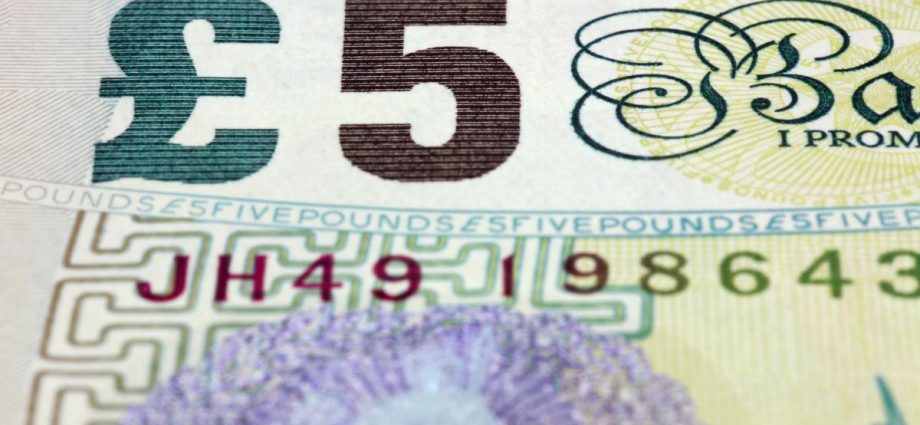The banknote went under the hammer at a Noonans auction last weekend.
The note dates back to March 21, 1953 and went up for sale with an estimate between £60,000 and £90,000.
However, it ended up far surpassing the estimate, selling for £150,000.
It is a $1,000 banknote from the Board of Commissioners of Currency of Malaya and British Borneo.

It was part of the sale of the third and final part of the legendary Frank Goon Reference Collection of British Malayan Banknotes – one of the greatest collections of all time.
Andrew Pattison, Head of the Banknote Department at Noonans said: “The interest in this note was unsurpassed by anything we’ve seen during the sale of the Frank Goon Collection.
“Collectors were coming to see it just to say they had seen it, taking selfies with it and some even had group photos holding it.
“The bidding started at top estimate and rapidly climbed to the top bid of £150,000, with three different bidders very near the top.
“Two of the bidders, including the buyer, attended the sale. It was purchased by a long-term collector who loves rare and beautiful notes, and anything relating to Queen Elizabeth II, making this incredible item a perfect fit.
“The remarkable price achieved has smashed all previous world records for Queen Elizabeth banknotes and is now the most expensive note in this popular field to ever sell at auction.”
What makes a coin valuable?
The 50 pence piece has become the most valued and collected coin in the UK, with many collectable designs appearing on its heptagonal canvas.
Its 27.5mm diameter makes it the largest of any British coin, and allows space for decorative pictures. It has often been used to celebrate big events over the past 50 years of British history.
The rarest coins tend to be of the greatest value, with the mintage (number of coins with each design made) being the fundamental attraction for collectors.
Recommended Reading:
Along with the design, other aspects of the coin which increase value are the condition of the coin and whether it has an error in its design.
The way in which it is sold can also determine the coin’s value – while some coin collectors will bid vast amounts of money on eBay or at auction, others opt for more robust valuations by selling via a coin dealer.
Rarest 50p coins in circulation the UK?
The Royal Mint has revealed the most valuable 50p coins in its collection.
One of the rarest is the Kew’s Garden 50p, which was designed to mark the 250th anniversary of the gardens in 2009. Only 210,000 coins were ever minted with this design.
The Kew Gardens 50p sells for £156.25 on average, but one seller received over £700 for one when they sold it on eBay.
The other rarest coins stem predominantly from the 2011 Olympics, with the wrestling, football and judo coins among the most valuable. Only 1.1million of each of these coins were produced.
Flopsy bunny and Peter Rabbit designs which were produced in 2018 are also highly valuable.
These coins – 1.4 million of which were minted – depict the characters from Beatrix Potter’s novels and celebrate the life of the English writer and these sell for around £5.
In 2019, 500 million coins were produced, with three new 50p designs.
These included one of Arthur Conan Doyle’s Sherlock Holmes, Paddington Bear at St Paul’s Cathedral and the Tower of London.
Top 10 most valuable 50p coins, according to Royal Mint
Here is a list of the top 10 most valuable coins, when they were made and how many were minted:
- Atlantic Salmon (2023), 200,000
- Kew Gardens (2009), 210,000
- Olympic Wrestling (2011), 1,129,500
- Olympic Football (2011), 1,161,500
- Olympic Judo (2011), 1,161,500
- Olympic Triathlon (2011), 1,163,500
- Peter Rabbit (2018), 1,400,000
- Flopsy Bunny (2018), 1,400,000
- Olympic Tennis (2011), 1,454,000
- Olympic Goalball (2011), 1,615,500


